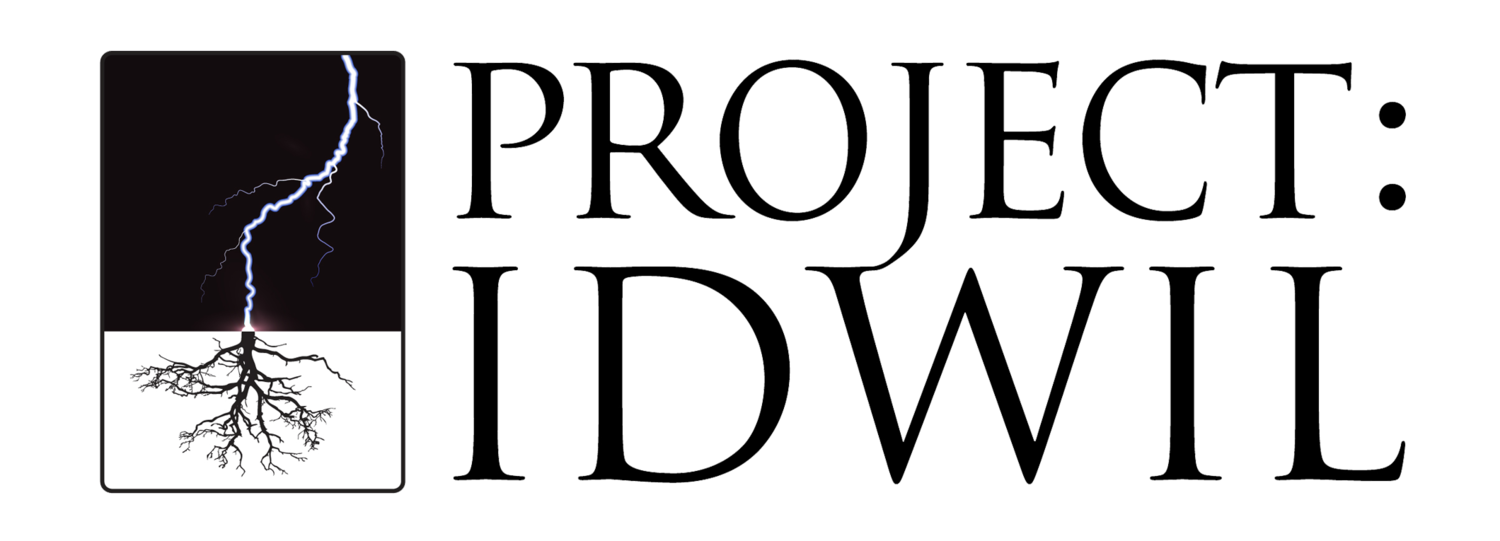They help people in need to have independent, productive, and satisfying lives. Let’s meet the occupational therapist.
Meghan White - Hairstylist
Transcript:
My name is Meghan White, and I'm a hair stylist and owner of the beehive hair salon. We are artistically inclined to figure out what people want done to their hair by looking at her face shape; on their hair type; what they do for a living. And it's our job to, the best of our ability, make them happy. I started working as a receptionist in a hair salon that my sister was working at,too. One of the stylists at the salon asked if I was going to go to school and she said, "Well, you're awesome with your own hair, you're coordinated...you should go." And I was like 'okay!' So, I went and signed up the next day. You would go to school - for 10 months, usually - and then the best thing to do is take apprenticeship program after that with a really good salon for 2 years. You have to love people. When they come in, they get to pour their lives out to you, and they trust you, and you build a relationship.
Becoming a hair stylist offers many different avenues that you can go into. You can go into film. You can go into fashion, where you're going to do hair behind the scenes at hair shows. You can take it to your house and put a salon in your house if you wanted to. You have be great with your hands. You can't shake, you have to understand what the hair's going to be doing when you touch it. You can feel the textures of the hair and kind of determine your desired end result by that.
A typical day is an 8 hour shift, usually starting at 10 in the morning or, if you work later, you start little bit later. You go in, you have a look at your bookings, and then the first client would arrive, and I would get on with my day, and sometimes you can do six people in one day, and sometimes you could do twelve people in one day, depending on what you're doing - whether it's 'cut and colors' or all haircuts in one day.
Verbal communication is really important, and that's when pictures and magazines - and we use those a lot just to make sure that we're on the same page in what we're doing for the consultation - before we start. I would suggest for someone in high school that's thinking about going in hairdressing I would get them to maybe go and ask someone if they can like volunteer every Friday or something for a couple months and get a feel for it and see if they like it.
The best part of the job is that everybody leaves happy, and they have a great new look, and they knew that they were going to come in and feel better. To summarize, some of the skills you'll need include manual dexterity, verbal and written comprehension, numerical ability, general learning ability. You'll to also need to be social and detail-oriented. You'll usually require one to two years of post secondary education. The average salary can range from $11,000 - $33,000 per year. Future outlook for this job is promising, as employment is increasing in the coming years, and unemployment rate is expected to decrease.
IDWIL is grateful for the opportunity to use and share the video interview work of CareerTrekBC, an initiative to catalog video interviews with workers of various careers that is sponsored by Canadian government organizations WorkBC and BC Jobs Plan.
CareerTrekBC does an amazing job of producing high quality videos, interviewing a diverse set of careers, and identifying the major skillsets that are needed for the specific jobs.
Project:IDWIL will additionally identify the underlying personal values and drivers that can be associated with these career fields.

